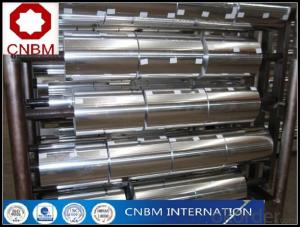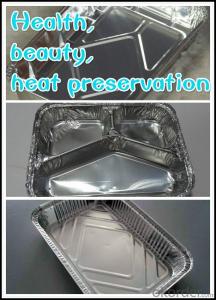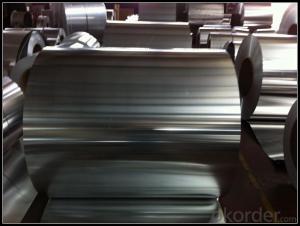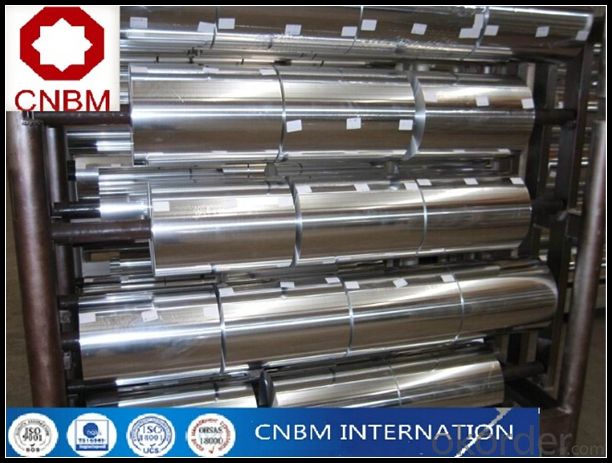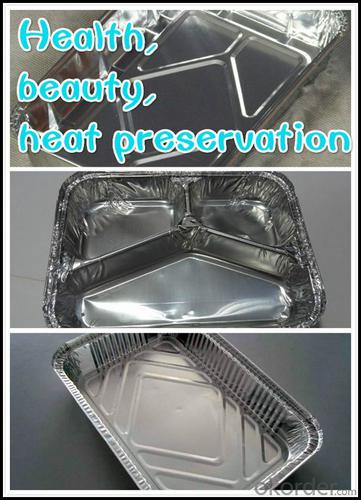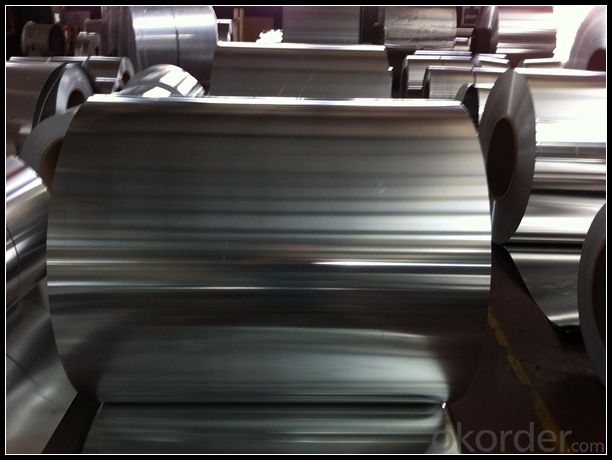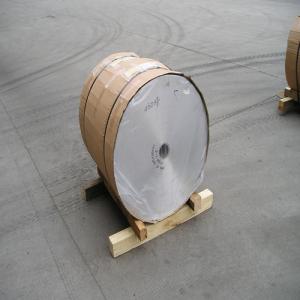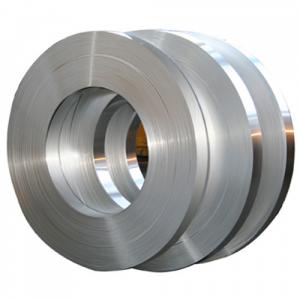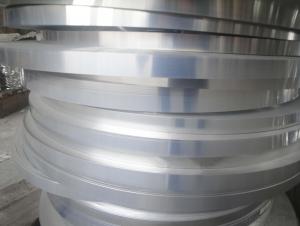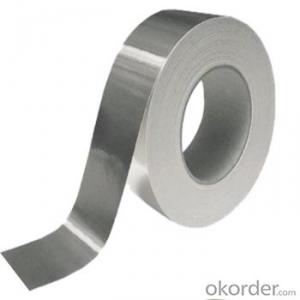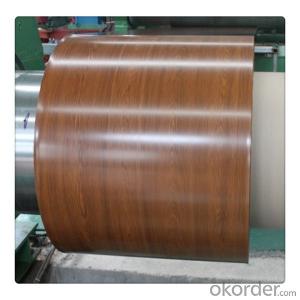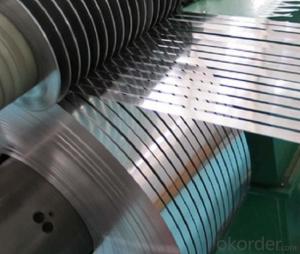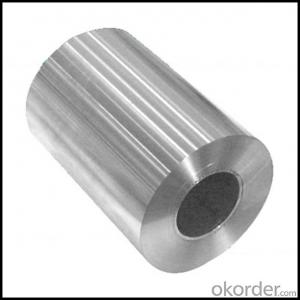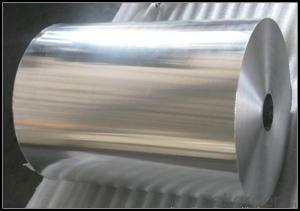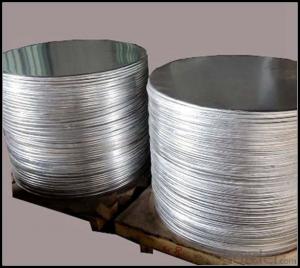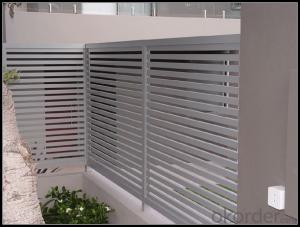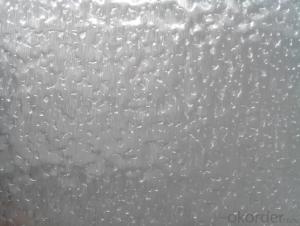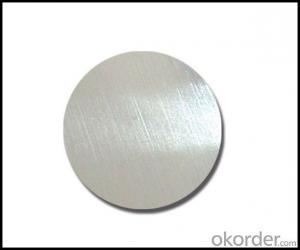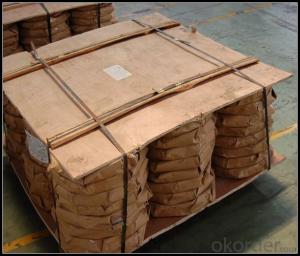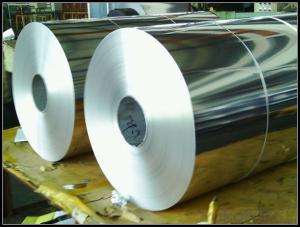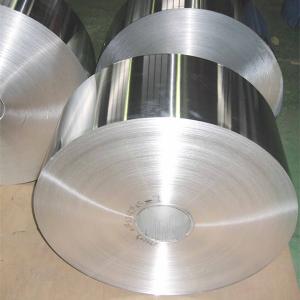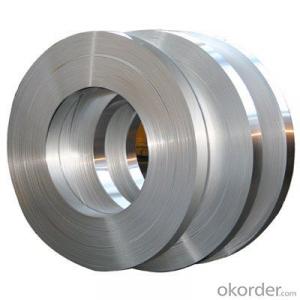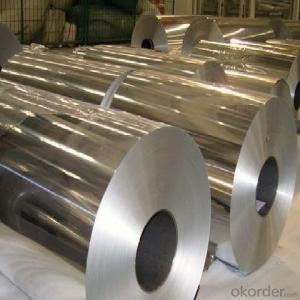Stucco Embossed Aluminum Sheet with Different Specifications - Aluminum Transition Strips for Carpet
- Loading Port:
- Tianjin
- Payment Terms:
- TT OR LC
- Min Order Qty:
- 1 m.t.
- Supply Capability:
- 4999 m.t./month
OKorder Service Pledge
OKorder Financial Service
You Might Also Like
Specification
1. Specification of Aluminum
1) Alloy | 1050, 1060,1100, 3003 3004 3105 3005 5005 5052 etc |
2) Temper | O/H12/H14/H1/H18/H32/H34/H36/H38//H111/H112/H116/H321/T6/T651/T3/T351 etc |
3) Thickness | 0.1mm to 6mm |
4) Width | 20mm to 3300mm |
5) Coil weight | 100kgs to 6 tons depends on actual requirement |
6) Core material | Aluminum alloy |
7) Coil Inner diameter | 76mm, 152mm,or as required |
2. Application of Aluminum
(1).Interior: shutters,bicycles, doors...
(2).Exterior: renovations...
(3).Advertisement: fascia, shop fronts...
3. Feature of Aluminum
One important structural limitation of aluminium alloys is their fatigue strength. Unlike steels, aluminium alloys have no well-defined fatigue limit, meaning that fatigue failure eventually occurs, under even very small cyclic loadings. This implies that engineers must assess these loads and design for a fixed life rather than an infinite life.
4. Certificate:
SGS and ROHS(if client request, paid by client), MTC(plant provided), Certificate of Origin(FORM A, FORM E, CO), Bureau Veritas and SGS (if client request, paid by client), CIQS certificate
5. Image of Aluminum
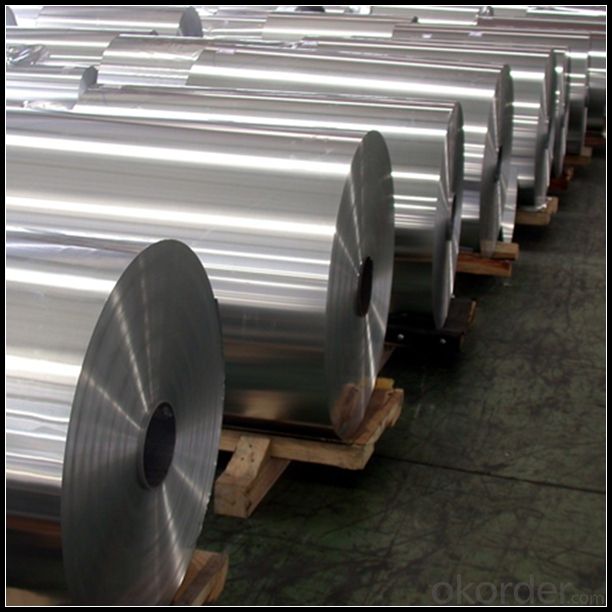
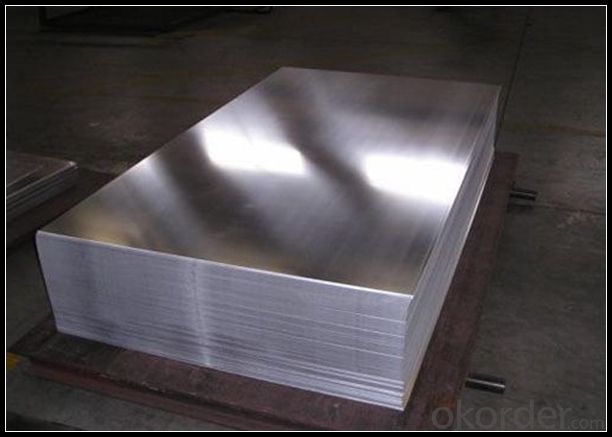
6. Our Service
1. Reply your enquiry in 24 working hours. |
2. OEM, buyer design, buyer label services provided. |
3. Exclusive and unique solution can be provide to our customer by our well traned and professional engineers and staffs. |
4. We can provide free sample for your check |
5. We have the certification of ISO 9001 |
6. Timely delivery |
7. Special discount and protection of sales area provided to our distributor. |
8. Good after-sale service. |
7. FAQ
Q: What is the produce prase? | ||||
A: Normally it would be 40days after received your deposit. | ||||
Q: Can you provide free samples? | ||||
A: Yes, free samples will be sent to you on freight at destination. | ||||
Q: Can I get your latest catalogue? | ||||
A: Yes, it will be sent to you in no time. | ||||
Q: What is the MOQ? | ||||
A: 3 tons | ||||
Q: What are your payment terms? | ||||
A: We accept L/C, D/A, D/P, T/T, West Union,etc. |
- Q: Is it possible to use aluminum strips as a material for flooring?
- <p>Aluminum strips can indeed be used for flooring, particularly in industrial or commercial settings where durability and resistance to wear are important. They are known for their strength, low maintenance, and resistance to corrosion. Aluminum strips are often used in modular flooring systems, providing a sleek and modern appearance. However, they may not be as common or suitable for residential applications due to concerns about thermal conductivity, noise, and the potential for a cold, hard feel underfoot.</p>
- Q: Is it possible to utilize aluminum strips for a personal roofing project?
- <p>Yes, you can use aluminum strips for your own roofing project. Aluminum is a popular choice due to its durability, lightweight, and resistance to corrosion. It's easy to work with and can be cut and shaped to fit various roofing designs. However, it's crucial to ensure proper installation, as aluminum expands and contracts with temperature changes, requiring appropriate fastening and sealing to prevent leaks. Always follow local building codes and consult with a professional if you're unsure about the installation process.</p>
- Q: Can the high frequency of aluminum band replace the high frequency of professional high-power loudspeaker box?
- Can not be replaced, professional speakers generally use the horn loudspeaker, the sound directivity and speaker sensitivity are high, with a sound tweeter transient, clear, but the power and sensitivity of traditional voice Miss horn loudspeaker
- Q: Why should single core cable be armored with aluminium tape?
- Therefore, the aluminum sheath is used to allow magnetic flux to produce an induced current in the aluminum sheath, thereby substantially reducing the magnetic induction of the other external metal parts. The low resistance of the aluminum skin can reduce the heating induced by the induction current
- Q: What are the potential health risks related to the use of aluminum foil?
- <p>While aluminum foil is widely used in cooking and food storage, there is limited evidence to suggest significant health risks. Some studies have linked aluminum exposure to neurological conditions like Alzheimer's, but the connection is not conclusive. The body does not absorb significant amounts of aluminum from foil, especially when used properly. However, it's important to avoid wrapping acidic or highly acidic foods in aluminum foil, as this could potentially lead to increased aluminum leaching. Overall, using aluminum foil in moderation and following proper food handling practices can minimize any potential risks.</p>
- Q: This question seeks to understand the distinctions among various types of aluminum strips used in roofing and siding applications.
- <p>Aluminum strips for roofing and siding differ in terms of gauge, finish, profile, and coating. Gauge refers to the thickness, with lower numbers indicating thicker strips, offering greater durability. Finishes can be mill finish, anodized, or painted, with painted finishes offering color options and corrosion resistance. Profiles include standing seam, batten, and ribbed, each affecting aesthetics and water runoff. Coating thickness and type, such as Kynar 500 or Hylar 5000, impact weather resistance and lifespan. These factors determine the strip's suitability for specific climates, architectural styles, and budget considerations.</p>
- Q: Is it possible to substitute aluminum strips with other metal sheets in construction projects?
- <p>Yes, you can use different types of metal sheets in place of aluminum strips in your construction projects, depending on the specific requirements. Metals like steel, stainless steel, and copper can be used as alternatives. Each metal has unique properties such as strength, weight, corrosion resistance, and thermal conductivity, which can affect the project's performance and longevity. It's crucial to consider the environmental conditions, load-bearing requirements, and cost implications when choosing an alternative to aluminum. Always consult with a structural engineer or a material expert to ensure the chosen metal meets the project's needs.</p>
- Q: What kind of aluminum strip is most suitable for use as exterior trim, considering factors like durability and weather resistance?
- <p>The best type of aluminum strip for exterior trim is typically one made from high-quality aluminum alloy, such as 6063-T5 or 6061-T6. These alloys offer excellent strength, durability, and resistance to corrosion. They are also lightweight and can withstand various weather conditions without rusting or fading. Additionally, these aluminum strips often come with a protective coating or anodized finish, which enhances their resistance to UV rays, scratches, and other environmental factors. It's important to choose a strip that has been specifically designed for exterior use to ensure long-lasting performance.</p>
- Q: Is it possible to construct awnings or canopies using aluminum strips?
- <p>Yes, aluminum strips can be used to make awnings or canopies. They are lightweight, durable, and resistant to corrosion, making them suitable for outdoor applications. Aluminum's strength and flexibility allow it to be bent and shaped easily, which is ideal for creating the curved or angled structures often seen in awnings and canopies. However, it's important to ensure that the aluminum is of sufficient gauge to support the weight and withstand environmental stresses. Additionally, proper sealing and treatment are necessary to prevent water damage and maintain the longevity of the structure.</p>
- Q: Is it possible to utilize recycled aluminum to fabricate new aluminum strips?
- <p>Yes, recycled aluminum can be used to make new aluminum strips. Recycling aluminum is an efficient process that conserves energy and resources. The recycled aluminum is melted down and then reformed into new shapes, including strips. This process is not only environmentally friendly but also cost-effective, as it requires less energy compared to producing aluminum from raw materials. The recycled aluminum strips maintain the same properties as those made from new aluminum, making them suitable for various applications.</p>
Send your message to us
Stucco Embossed Aluminum Sheet with Different Specifications - Aluminum Transition Strips for Carpet
- Loading Port:
- Tianjin
- Payment Terms:
- TT OR LC
- Min Order Qty:
- 1 m.t.
- Supply Capability:
- 4999 m.t./month
OKorder Service Pledge
OKorder Financial Service
Similar products
Hot products
Hot Searches
Related keywords
